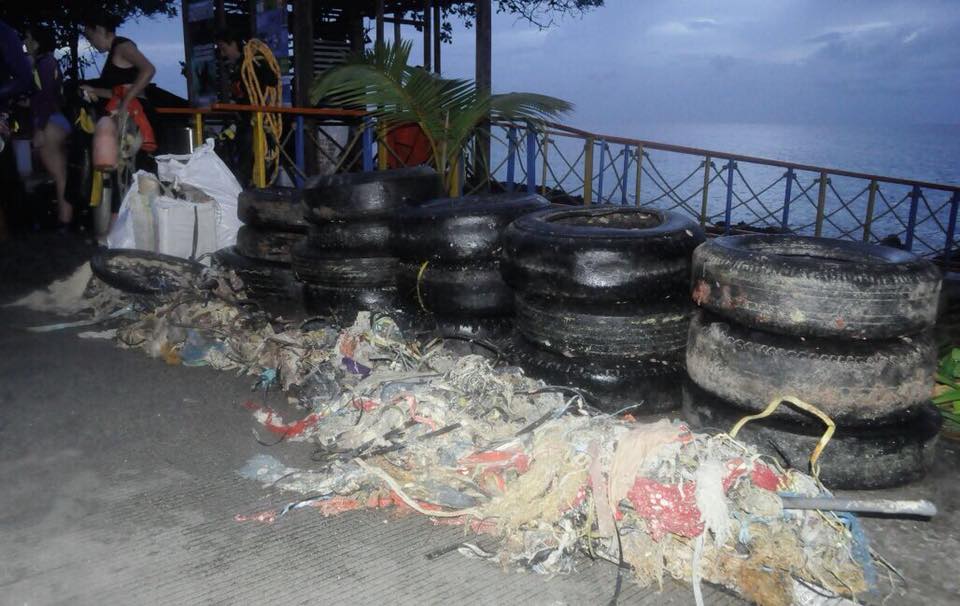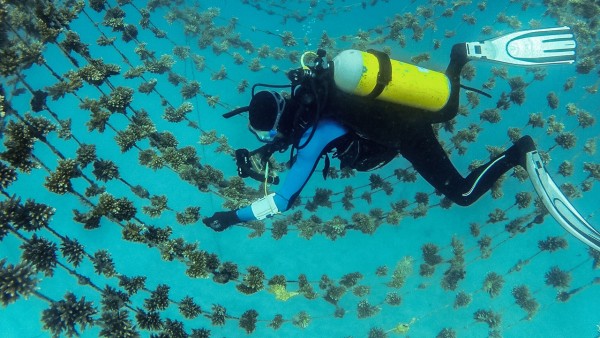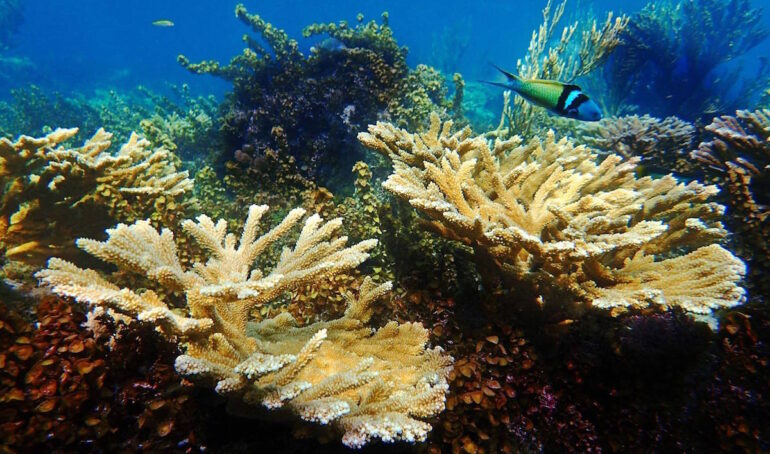Cleaning Up San Andrés
Colombia is getting serious about marine conservation with the announcement of a new coral rehabilitation project around the island of San Andrés. The Archipelago, which sits off the coast of Nicaragua, is one of Colombias most popular tourist destinations, where 77% of the countries coral reefs are concentrated.
Three years ago diving instructor Jorge Sánchez Berrío saw the problem of solid waste cluttering the underwater environments around the Caribbean archipelago. He decided they needed to clean up the debris and with the help of volunteers, started removing tires, batteries, plastics, and even a military rockets.

Since he started the “Bajo Tranquillo” campaign three years ago, 650 people have participated to remove approximately 15,480kg of marine debris from the ocean, including 674 tires. 7,000 marine animals including starfish, corals, crabs and sea urchins were also freed as well as preventing others from dying from ingesting debris.
As part of his push to improve the underwater habitat, divers also removed soft corals from tires and other marine debris being careful not to hurt or damage the corals. The coral colonies were then re-attached to a line suspended from the surface allowing the corals time to recover and gain strength before being replanted on the reef.

Protecting Corals
Climate change, coastal development, and pollution from increased tourism are threatening coral reefs, spawning the idea for a bigger more effective solution.
The organization Corales de Paz and 2 Oceans foundations, as well as the Colombian Environmental Movement, decided to start a campaign to restore 10,000 corals in San Andres. “As a solution to the deterioration of reefs, we set ourselves the goal of undertaking the largest large-scale coral reef restoration in the country,” said Corals de Paz director Phanor Montoya Maya.
Yesterday it was announced that the project, Coral Reef Rehabilitation in Seaflower Biosphere Reserve, Colombia was awarded funding and will start restoring corals around the island.

The project in San Andréa will be modeled after Reef Rescue projects in Seychelles where coral fragment are attached to rope nurseries suspended in mid-water. By the end of the 2nd year of the project, the team forecasts coral nurseries will have a running stock of 10,000 coral fragments, of which 30% will have been transplanted to a degraded reef and should result in an immediate 10% increase in live coral cover and fish abundance.
Community members, fishermen, and scuba divers will be invited to take part in training and to help in the reef rehabilitation activities including maintaining coral reef nurseries, transplanting coral colonies to degraded coral reef sites, conducting monitoring surveys, and enforcing protection.
We are excited to see this large-scale restoration project taking shape in San Andrés, and hope it serves as an example for other diving communities to take similar actions to preserve coral reefs for the future.



